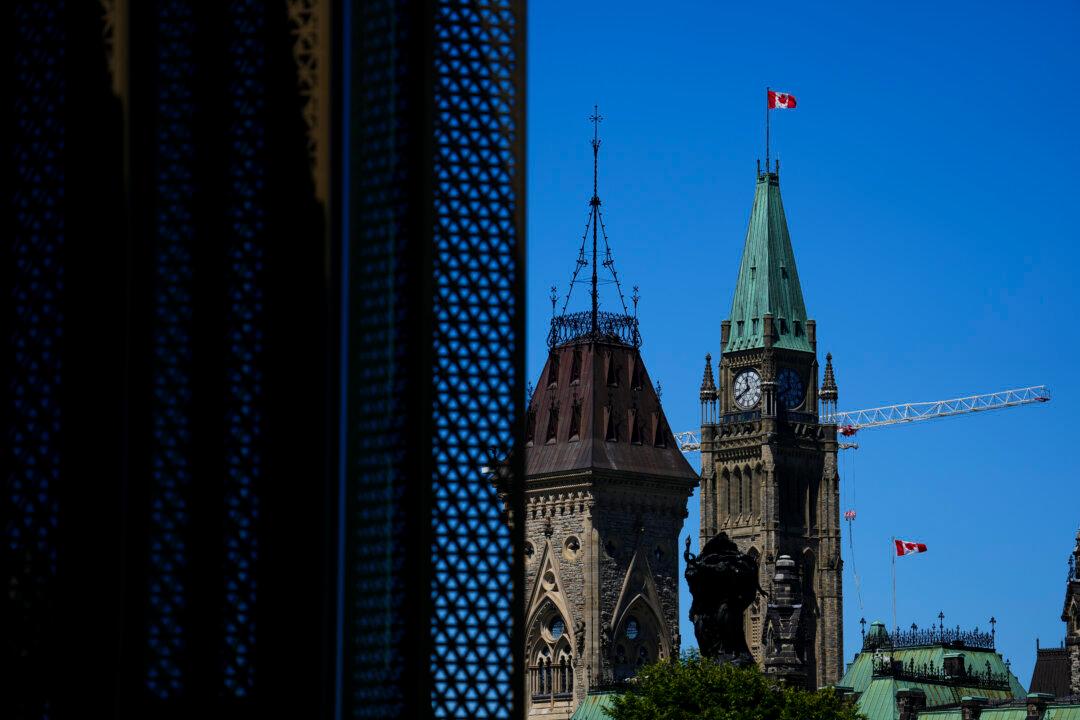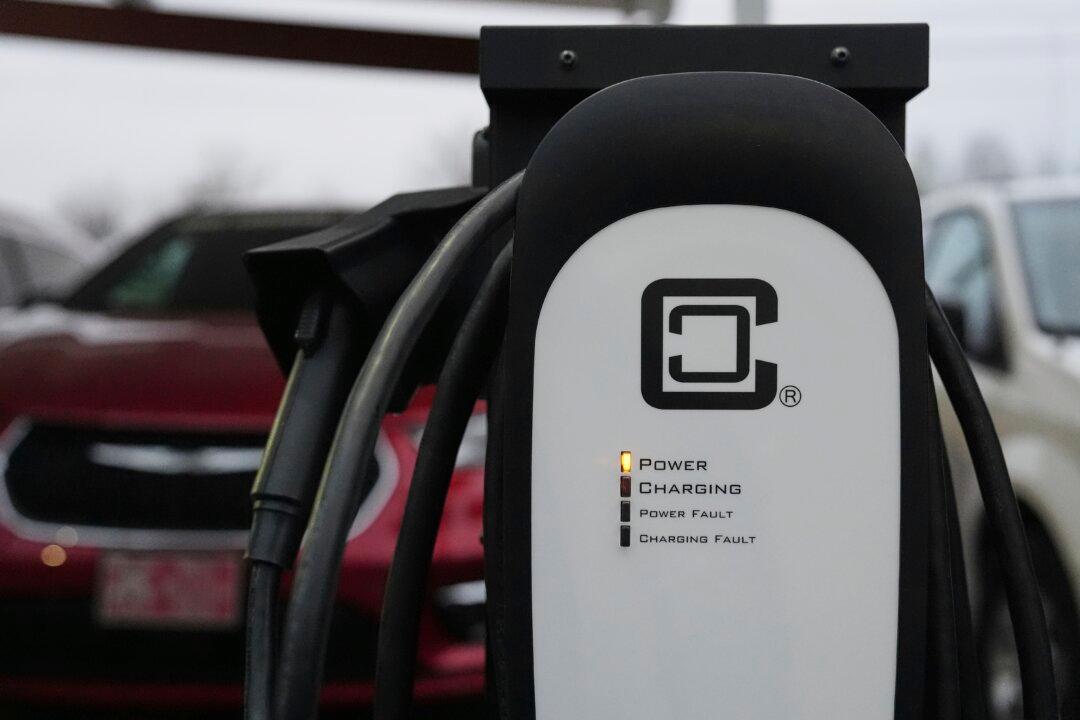The novel coronavirus was engineered in a lab using HIV. Stem cells are a potent weapon against the new pandemic. People with blood type A are more susceptible to COVID-19.
None of these “discoveries” have been proven. But all have been widely disseminated.
They’re examples of what many scientists are beginning to fear is an erosion of traditional safeguards against bad science under the pressing need for answers to the wave of sickness sweeping the globe.
“We are getting a firehose of research-based data coming out at us, because we need it,” said Rees Kassen, a University of Ottawa scientist who has just published a paper with the World Economic Forum about the concern.
“That’s good, but it has to come with strong caveats.”

The speed and volume of research into the novel coronavirus is unprecedented. During the 2003 SARS crisis, a French study found that 93 percent of papers about the virus were published after the epidemic subsided.
Not this time. LitCovid, a hub for papers on COVID-19, says more than 1,600 on the topic were published last week alone.
But many are so-called “preprints”—untested research hot out of the lab.
Normally, a scientist with new findings writes them up and submits them to a journal. An editorial committee looks for problems, checks the findings against other research, and puts them through the kind of scrutiny that leads to stronger work.
Peer review, however, takes months or even years. COVID-19 isn’t giving us that much time.

Increasingly, medical scientists have turned to preprint sites, where work is posted within days.
“They’re not peer-reviewed,” said Jim Woodgett, director of Toronto’s Lunenfeld-Tanenbaum Research Institute, who’s also affiliated with one of the main preprint sites.
“What we do is quite superficial in terms of checking that submitted manuscripts are actually scientific and they’re not just garbage and they’re not dangerous. It’s buyer beware.”
Preprint sites have busy comment sections and bad science is quickly called out. The COVID/HIV paper, for example, has been withdrawn.
Many scientists worry that weak preprints will still spread misinformation. Despite its flaws, the paper on blood types was featured in the New York Post.
Both the public and the reporters who write for them will have to be more careful of their sources, said Jim Germida, a University of Saskatchewan biologist.
He oversees Canadian Science Publishing, which prints more than 20 scientific journals.
“There’s a lot of good science that goes into preprints. But you have to be cautious.”
Traditional journals are doing their best to meet the demand for the latest COVID-19 research.
“Many, many reputable journals have expedited their review process,” Germida said.

As well, most of the major journals have made their archives free and opened access, providing decades of top-quality research to whoever needs it.
Woodgett said reputable journals are feeling pressure to get useful information out there, even if flawed or incomplete. And with universities closed, many researchers may not be able to get back to their labs to dot those final i’s.
“There has been some drop in standards.”
Science has never been perfect, he added. Bad papers were published before COVID-19; new findings supplant the old.
Kassen points out the fatality rate of COVID-19 was first thought to be as high as 15 percent. It’s now considered to be about 1 percent.
“The best we can do is work with uncertainty.”
It’s a new world for science publishing. Woodgett offers advice to sort it out that will sound familiar to anyone who’s researched an article or bought a used car.
“If someone tells you something remarkable, you need to find something else to back it up.”





